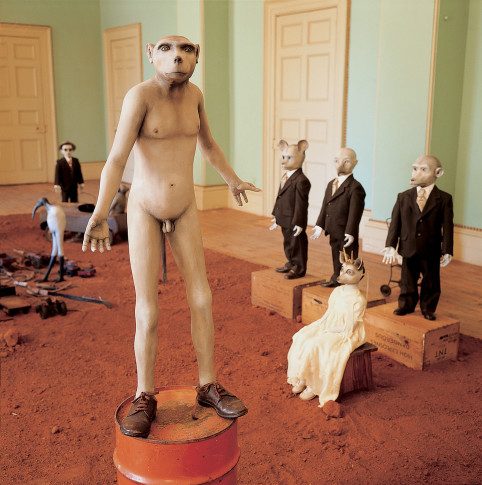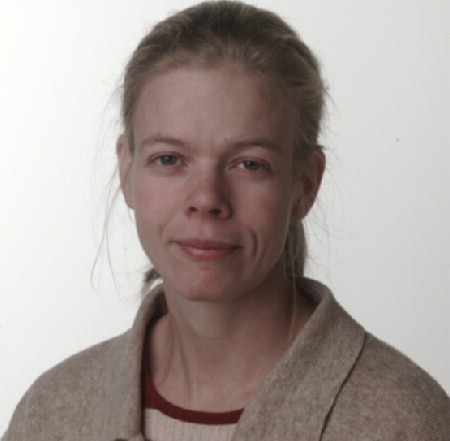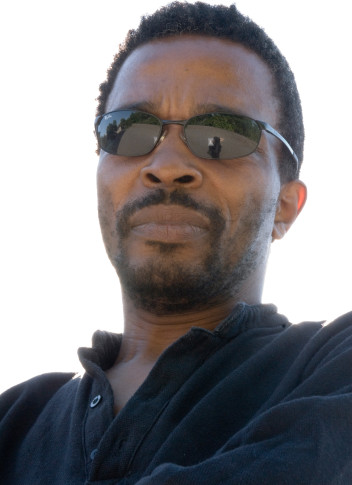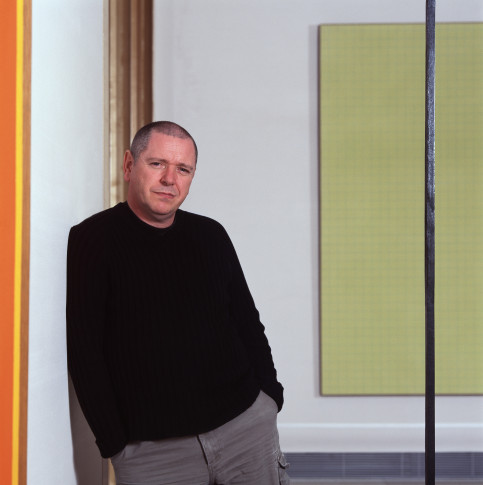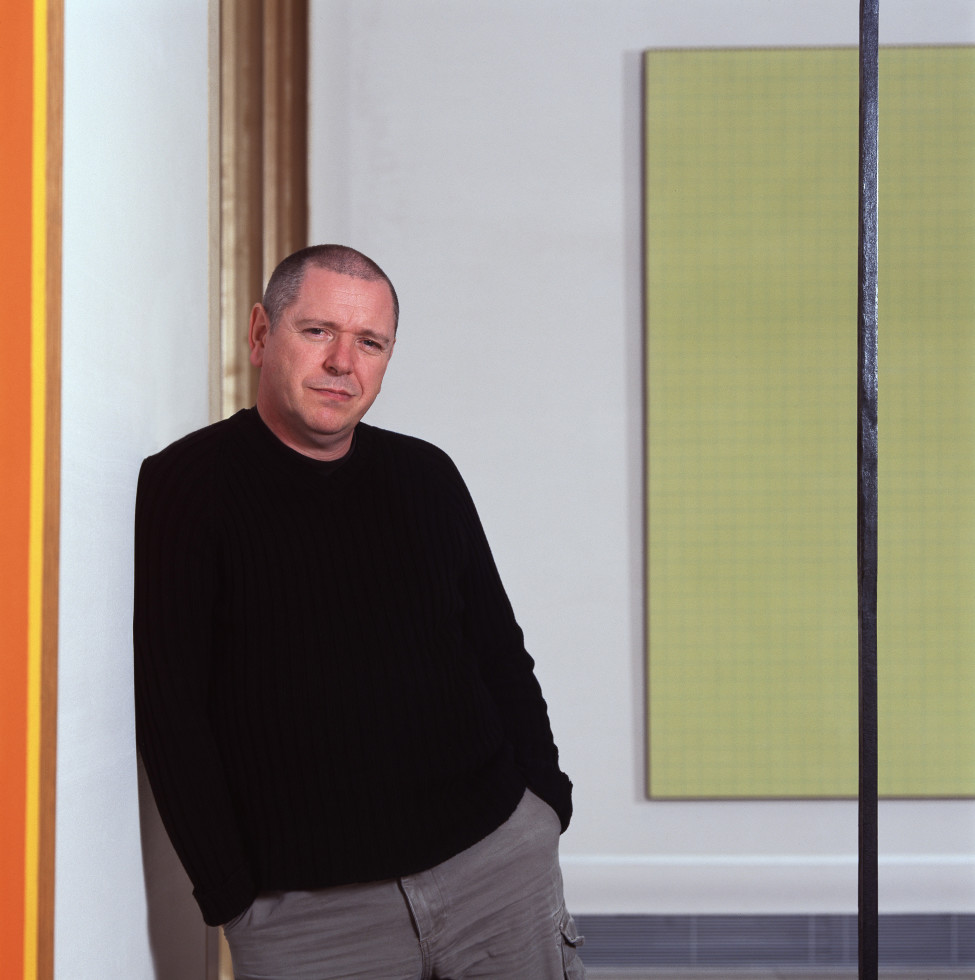
David Elliott on African Art
Paulina Sokolow: You curated an exhibition with African art already in 1990. How come you’ve been interested in this region?
David Elliott: From the beginning of the 1980s I had been struck by how little we knew about the contemporary art that was being produced outside a small part of western Europe and North America. In fact, work from outside this charmed and privilegedcircle was not only disregarded but despised. Although i had grown up with it, I began to find this prejudice increasingly untenable and set out in my exhibitions program to integrate the non-western contemporary art that impressed me with more mainstream figures from the art world. African art naturally fell into this pattern and the first show i made was of Makonde in 1988 followed by Art From South Africa in 1990. Both were important shows because they were based on exhaustive research and, of course, both contained a lot of really good art.
PS: When looking through the images, the art works in the catalogue, you’re struck by the multiple choices of materials: found objects, installations, video, photography etc. But no paintings. Why?
DE: Well……there are plenty of paintings – how about those by Wangechi Mutu, Julie Mehretu, Cheri Samba, Barthelemy Toguo, Hassan Musa? And there are many others.But you are right that they are not predominant in the exhibition. Why do you expect they should be? Of course there are many more painters in Africa but we chose not to show them exactly because a lot of such work presents a cliched view of African art and is actually is not very good.
PS: Photography on the other hand is well represented. Is there an explanation for that?
DE: Even in post-colonial Africa representation is still a very hot issue and photography is one of the strongest of mediums in this respect.
PS: In the formidable catalogue there’s a very enlightening survey of African art history. Some fifteen years ago, many artists seemed to be worried about being shown because of their African origin and not in their own rights as artists. Some didn’t even agree on participating in big shows because of that. Did you, during the work with this exhibition, ever get these kinds of reactions? And if, did you try to argue, and how?
DE: The situation you describe developed because there were so many crummy exhibitions of African art and it is not surprising that artists did not wish to be associated with them. The reason was that they did not take the quality of work as their starting point but rather some theory about how Africa was ‘different’ from the rest of the world, usually in a rather negative way. Of course Africa is different but so are we all. The main question for us in making this exhibition was ‘is this art any good?’ We stuck by it and, as a result, no artist refused to be in the exhibition.
PS: Now there’s been some time since you showed this exhibition for the first time. What have you been doing since then? Do you keep on searching up artists with African strings?
DE: I am always curious to see what is happening and although I have been very busy in Asia with the Mori Art Museum, a few months back I was inAngola to see the very vibrant art scene that is developing in Luanda, the capital.
PS: In the exhibition, the male artists outnumber female by far. Is there an explanation? What are the obstacles for female artists?
DE: The gender breakdown more or less reflects the current situation. If I remember correctly about 35% of the artists in the show are women and there are signs for the future that the imbalance is levelling out.
PS: In the catalogue you can read about the situation for the artists with African strings, the importance of freedom of mind and identity as well as geographical freedom. But what about the audience? Is there an African public/audience?
DE: One of the main problems in Africa is lack of infrastructure and this extends as far as museums and galleries. But also it is not so easy in many parts of the West to directly experience contemporary art! I am sure that if people have access to contemporary art and it is shown in a good way an audience will be there. The present situation is as one would expect: South Africa is relatively well endowed with galleries as are some of the North Africa countries, central West Africa also has a very dynamic art scene – but they are just at the beginning of building a wider audience. Sadly the Dakar Biennale of contemporary African art seems to have had very little sustained local impact on its audience and the event seems to be staged mainly for foreign visitors, but I am holding out hope for the newly founded Luanda Triennale which, with its six newly converted spaces in the middle of the city, can create a new model of access for audiences in Africa.

